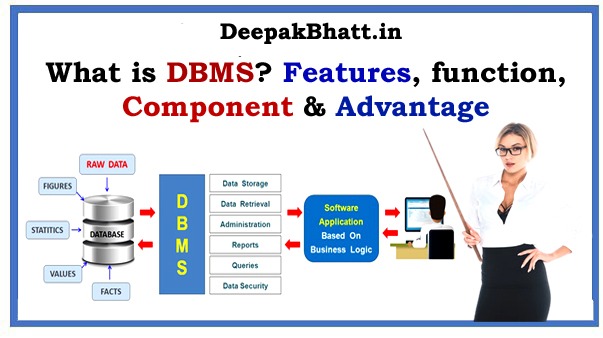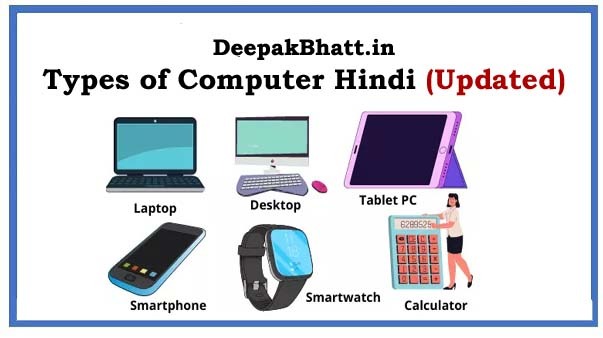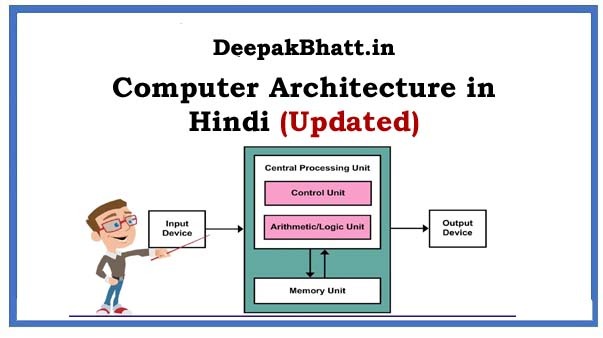What is DBMS? You must have heard about DBMS, its full name is. Database Management System.
Knowing by name. That it manages the entire database.
From creating, handling, and deleting data, the database management system does all the work. A software that can Create, Manage, Control, Delete and Update data.
Through DBMS, both the user and the programmer can handle their data. That is, both can create data. Can manage and update.
It has many advantages of its own. Which is very important for you to know about. Let us know what is DBMS and what happens in it in full detail.
Solopreneurship Mini Course with free Tutorials
Serial Entrepreneur’s Guide To Startups Free Course
How to Generating High Quality Leads Free Course
What is DBMS?
The full form of DBMS is Database Management System. A database is a collection. of related data. That’s where data collection happens. of facts and figures which are processed to produce information.
Most represent data. recordable facts. Data helps. To produce information that is based on facts. for example. If we have marks in a class.
Then we can conclude this. Who are the toppers among them and who are the ones with average marks.
This database management system stores the data in this way. That makes it easier to retrieve, manipulate, and produce information from the data.
What are the Characteristics of a Database System?
1. Being of Self-Describing Nature:
A database system not only contains data but also stores the description of the database structure and constraints along with it.
In this, the definition is stored in the DBMS catalog, which contains the information. Like the structure of each file, type and storage format of each data and constraint.
The information that is stored in the catalog is called metadata.
2. Having Program Data Independence:
If I talk about traditional file processing, then the structure of each file is embedded in the application program.
Therefore, due to any change in the file, it becomes necessary to make necessary changes in the programs also to access that file.
Whereas in DBMS, we have program data independence because in this the structure of data files is stored separately in the system catalog if we compare it with access programs then.
3. It Supports Multiple Views of Data:
A database has many users, each requiring a different view or perspective for the database.
4. Sharing of Database can be between Multiple Users:
DBMS allows multiple users to access the database at the same time.
What is ROM (Read Only Memory) Complete Free Concept
What is Backup? Comprehensive Guide Free
How to Become hr? Profile, Function, Salary Free
What is the function of DBMS
1. Data Redundancy
Each application has its own individual files in the file system, and in such a situation, duplicate files of the same data are created in many places.
The same type of files is kept in one place in DBMS. That is, it is not repeated, which reduces the redundancy of the data.
2. Sharing Of Data
In DBMS, data is shared by the authorized user of the organization. In this, the data administrator controls the data and gives rights to the user to access the data.
3. Data Consistency
Through DBMS, the same type of data can be prevented from being stored repeatedly in the database.
4. Integration Of Data
In DBMS all the data is in tables, and in a database, there is more than one table. Relationships can be made between all these tables. Which makes it easy to retrieve and update the data.
5. Data Security
The data in DBMS is completely controlled by the data administrator. In this, the administrator ensures this.
Which user to give data to, and how much data to give. Which part of the database the user has to give access to, and which part is not, is all controlled by the database administrator.
This increases the security of the database and the data does not fall into the wrong hands.
6. Remove Procedures
You all know that a computer is a kind of machine, and it can malfunction at any time, and hardware or software failure can happen at any time.
In this case, the data may be lost. Through DBMS, you can easily recover the data in such conditions.
Disadvantages of Database Management System (DBMS)
1. Cost Of Implementation
The cost of implementing a database system can be high and can be very costly.
2. Effort To Transfer Data
Transferring the database to the current system can be very difficult and it can also take a lot of time.
3. Risk Database Fails
If the data spreads even for a short time, then it will affect the company and the company may have to suffer many losses.
Types of Database Management System
1. Network Database
In this type of database, the data is represented in the form of records. and the link between the data is shown.
2. Relational Database
This data is stored in the form of tables. Where data is stored in Columns and Rows. It is also known as a structural database.
3. Hierarchical Database
In this, the data is represented in the form of Parent and Child which are in the tree structure.
Components of Database Management System?
1. Tables
In DBMS all the data is kept in tables. Data collection, filtering, editing, retrieval, etc., are all done on tables. Tables are made up of Rows and Columns. Inside all the data is stored.
2. Field
Each column inside the table is called a field. In this, a specific part of each data is stored like customer number, customer name, street address, state, etc.
3. Record
The data contained in rows inside a table is called a record. A record is a type of entry that can contain a person’s name, phone number, etc.
4. Queries
The query is called to extract data from a table or database according to the need. For example, if you want to extract the list of friends living in the same city, then it will be called a query.
5. Forms
You can enter data in the table but it is not easy to modify and store it. Therefore forms are used to overcome this time. Just like tables, data is entered in forms.
6. Reports
When you print the database records on paper, it is called a report.
The function of the Database Management System
- Create Data: Data is created through DBMS, that is, it is stored in the table.
- Manage Data: In this, the data is managed so that it can be accessed easily.
- Update Data: In this data can be updated as per the need.
- Delete Data: The data which is not needed in this is deleted.
- Data Backup: In this, data is backed up so that it can be recovered in case of system failure.
- Data Recovery: In this, data is recovered when there is a system failure.
You May Also Like:
What is Utility Software? Advantage & Types
What is System Software? Types in Detail
How to Increase Computer Speed? 5 Ways
Best Job Oriented Computer Courses For Everyone
Welcome all of you to my website. I keep updating posts related to blogging, online earning and other categories. Here you will get to read very good posts. From where you can increase a lot of knowledge. You can connect with us through our website and social media. Thank you







